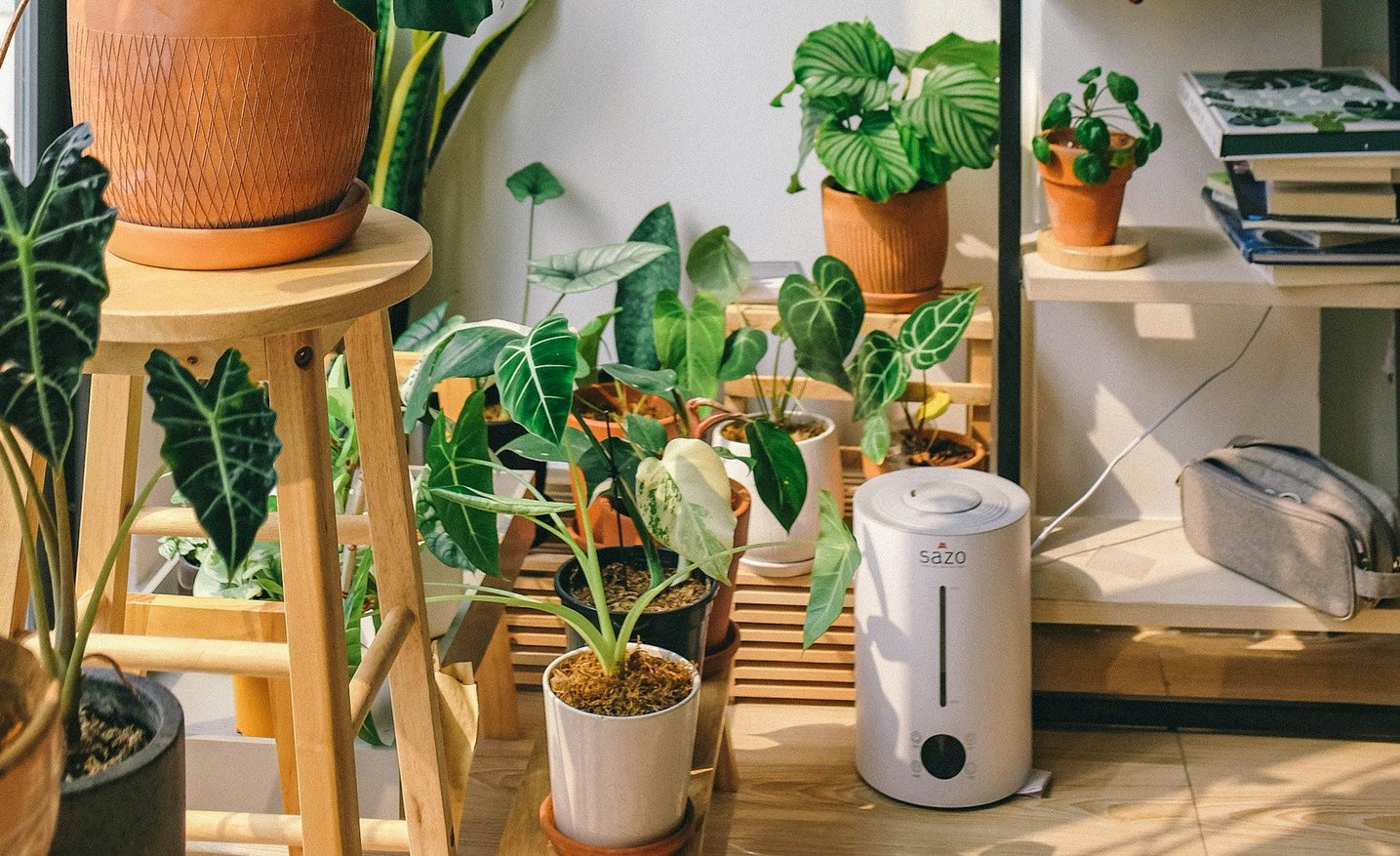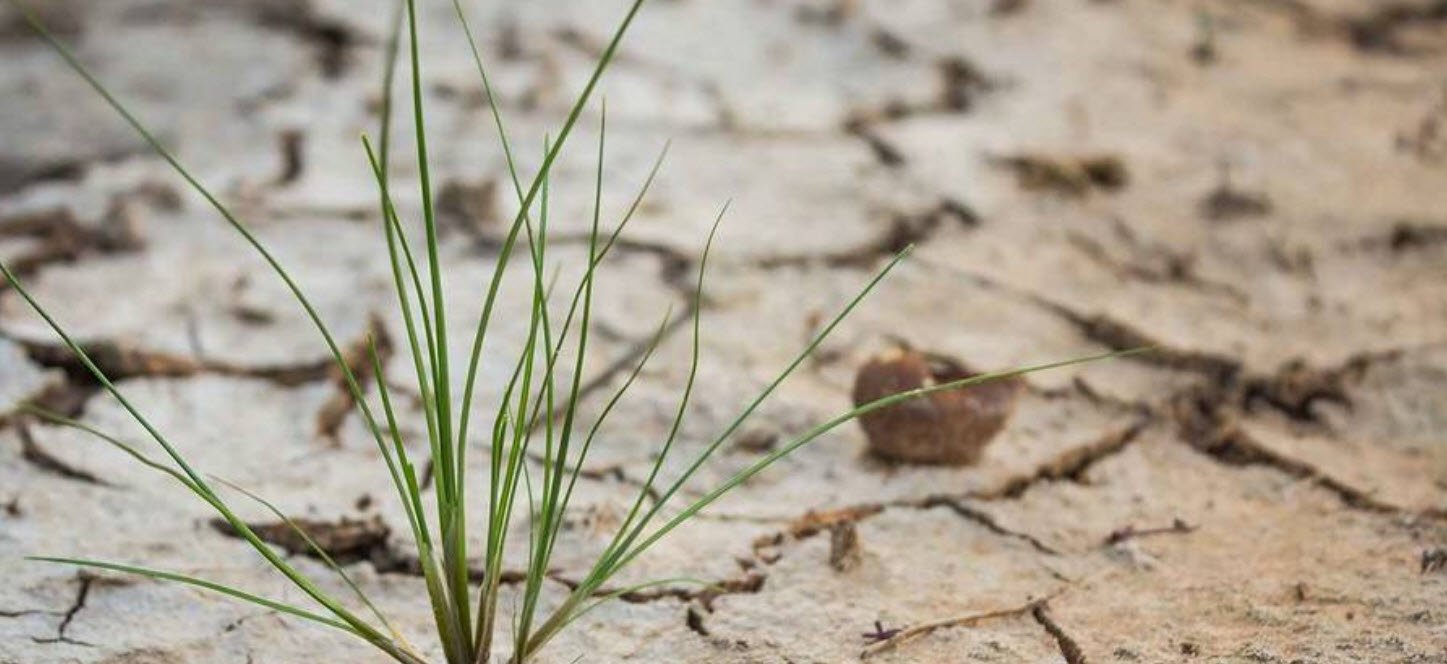
Composting is one of the most effective and environmentally friendly ways to recycle organic waste into nutrient-rich material that can significantly improve soil health. By engaging in composting, you reduce the amount of waste that ends up in landfills while also creating a valuable resource for your garden.
One of the most efficient methods of composting is the hot composting method, which accelerates the decomposition process and yields results quickly. Here, we’ll review the essential steps for successful composting using the hot method, focusing on materials, maintenance, and timing.
1. Choosing the Right Composting Site
The first step to successful composting is selecting an appropriate site for your composting bin. Ideally, your compost bin should be located on a level, well-drained area. A shaded spot can help maintain moisture levels, which is important for the composting process. Ensure that the location is easily accessible so you can tend to your compost regularly.
Some gardeners prefer to place their bin near the garden for easy application of the finished compost.
2. Building a Strong Base
After choosing the site, it’s essential to create a solid base for your compost pile. Start by laying down a layer of coarse, woody material like chopped branches, straw, or leaves. This base layer helps with drainage and aeration, both crucial elements for composting. Additionally, it creates a space for microorganisms to thrive, which speeds up decomposition.
For the base, it’s recommended to use a combination of chopped or chipped leaves and high-quality soil. Leaves should be chopped to no larger than 2-3 inches in size. This ensures that materials decompose at an even rate.
A good rule of thumb for all organic matter that goes into your compost pile is that no piece should exceed this size, as smaller pieces break down more quickly and contribute to a faster composting process.
3. Understanding Green and Brown Materials
Composting is a balance of two key types of organic matter: green (nitrogen-rich) and brown (carbon-rich) materials. Green materials include items like fruit and vegetable scraps, coffee grounds, and grass clippings, which are rich in nitrogen. Nitrogen is vital as it provides the protein necessary for microbial growth.
Brown materials include things like dry leaves, straw, sawdust, and cardboard, which are rich in carbon. Carbon acts as an energy source for the microorganisms involved in decomposition.
A general rule for a successful compost pile is maintaining a ratio of one part green to two parts brown. This ratio ensures that your compost has enough carbon to balance out the nitrogen-rich materials, preventing bad odors and helping the pile reach the necessary temperature for decomposition.
4. Layering the Compost Pile
When starting your compost pile, alternate layers of green and brown materials. This method helps maintain the right balance of moisture and air circulation. After laying down the base layer of brown material, add a layer of green material, and continue alternating. Avoid adding large amounts of one type of material at once, as this can slow down the decomposition process.
It’s also essential to avoid certain materials. Never add meat, dairy products, oily food, or pet waste, as these can attract pests and create an unpleasant smell. Moreover, avoid adding diseased plants or weeds with seeds, unless you are confident your pile will reach a high enough temperature to kill off pathogens and seeds.
5. Monitoring Moisture Levels
Moisture is crucial for the decomposition process. Your compost pile should feel like a wrung-out sponge—not too dry and not too wet. If the pile becomes too dry, decomposition will slow down; too wet, and it can become anaerobic, leading to unpleasant odors.
To maintain moisture, check the pile regularly and add water when necessary. If you notice that your pile is too wet, adding more brown materials like dry leaves or straw can help absorb excess moisture. Furthermore, proper aeration can prevent the pile from becoming waterlogged.
6. Turning and Aerating the Compost Pile
Hot composting relies on maintaining high temperatures (between 130°F and 160°F) to break down organic matter quickly. For this to happen, you need to regularly aerate the pile by turning it with a pitchfork or compost aerator. Turning introduces oxygen into the pile, which is essential for the microorganisms responsible for decomposition.
Turning your pile every few days will also help to distribute moisture and heat evenly throughout the compost. It can also prevent the pile from becoming too compacted, which would slow down the composting process and lead to an anaerobic (oxygen-poor) environment.
7. Monitoring Temperature
Temperature control is key to the hot composting method. The heat generated in a well-maintained compost pile helps speed up decomposition and kills off weed seeds and pathogens. A compost thermometer can help you monitor the temperature of your pile. When the internal temperature reaches 130°F to 160°F, you’re in the optimal range.
If the pile cools down, it might be an indication that the compost needs to be turned, or that the balance of materials is off. Adding more green material can boost nitrogen levels and raise the temperature, while turning helps oxygenate the pile, encouraging the microorganisms to generate heat.
8. Curing the Compost
Once your compost pile has completed the heat phase—usually in 3 to 4 weeks with regular maintenance—it’s time to let the compost cure. Curing allows the compost to stabilize and continue decomposing any remaining organic matter. During this phase, the temperature will drop, and the compost will begin to look dark, crumbly, and earthy.
The curing phase can last anywhere from a few weeks to a few months, depending on your intended use. If you’re planning to use the compost in a vegetable garden, allow it to cure thoroughly to avoid burning sensitive plants.
9. Screening and Using the Finished Compost
Before using your finished compost, it’s a good idea to screen it to remove any large pieces of material that didn’t fully break down. A simple wire mesh screen will help separate the fine compost from larger chunks, which you can return to the compost pile to continue decomposing.
Once your compost is ready, you can use it in a variety of ways: as a soil amendment in garden beds, as mulch around trees and shrubs, or even in potting mixes. Compost improves soil structure, enhances moisture retention, and supplies essential nutrients to plants.
Conclusion
Hot composting is an effective and fast method to produce nutrient-rich compost. By maintaining the right balance of green and brown materials, monitoring moisture and temperature levels, and regularly turning your pile, you can create high-quality compost in as little as 3 to 4 weeks.
The key to successful composting lies in understanding the balance of materials, the role of temperature, and the importance of maintenance. With a little effort and attention to detail, you can transform your kitchen and yard waste into valuable compost to enrich your soil and support healthy plant growth.








